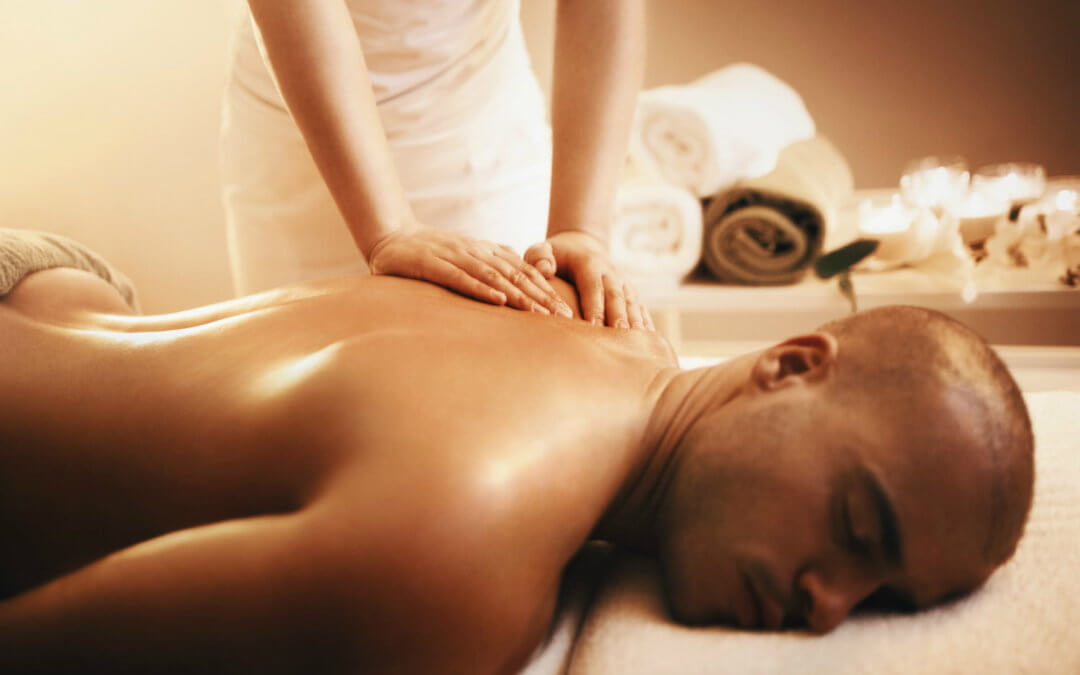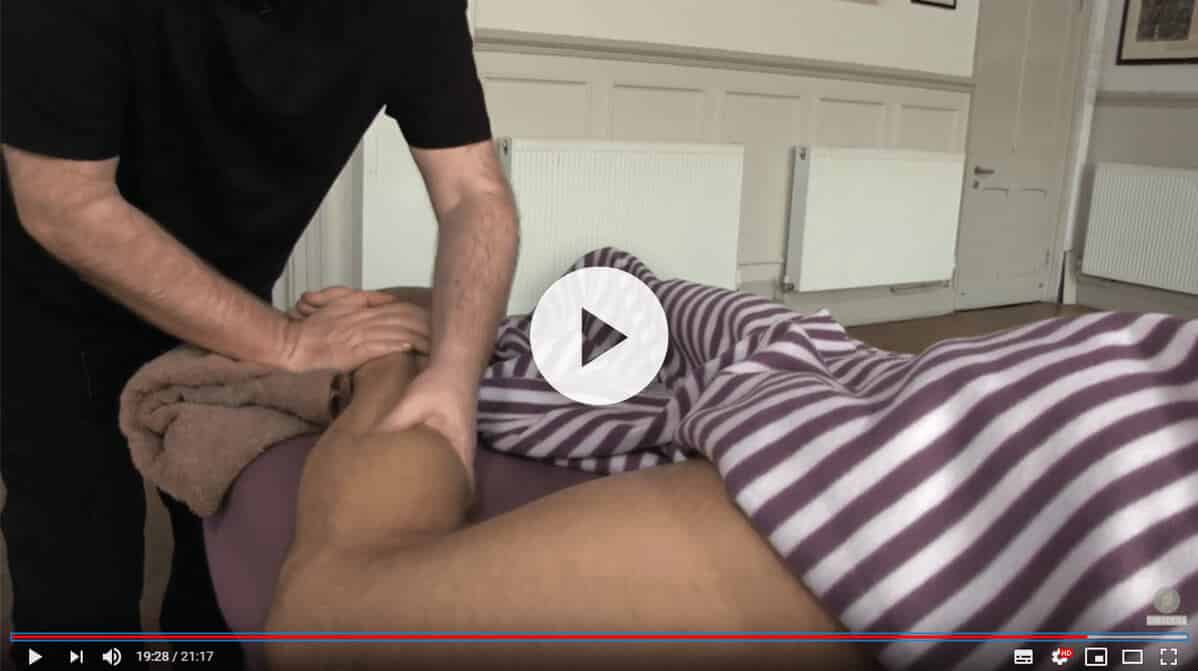How to Market Yourself as a Massage Therapist
Massage therapists are in high demand. As long as life and work are stressful, there will be a need for massage services. Then there’s the area of massage as a service for athletes and others recovering from injury. Still, marketing yourself as a massage therapist is certainly challenging.
In order to succeed, you must gain name recognition, build relationships with clients, and stand out from your competitors. You can do this by executing the marketing techniques that work best for you.
1. Share Helpful Information With a Blog
There’s more to marketing than promoting your services. It’s about building relationships with current and future customers, and establishing your reputation. One way to accomplish all of these goals is to become a thought leader. This is someone who is widely recognized as an expert in their field. People seek out thought leaders for advice, opinions, and education.
You can build your thought leadership by starting a blog. In that blog you can share insights and advice on different types of massage, wellness, stretching techniques, physical fitness, or any other topic that is relevant to your target audience. Ultimately, people who see you as a trustworthy source of information are more likely to consider you when they want to book a massage.
2. Network
As a massage therapist, you are part of two communities. First, you are a member of your local community as a business owner. Second, you are a part of the health and wellness industry. You should be networking within both of these communities to establish new customers, and form mutually beneficial business relationships. Here are some things to try:
- Join local business groups on social media.
- If your city has a chamber of commerce join it, and attend a few meetings.
- Attend luncheons, coffees, and evening networking events for small business owners in your area.
- Create these events if they don’t exist.
- Reach out to personal trainers, gyms, physical therapists, spas, salons, and medical clinics in your area. Build relationships with these businesses in person and on social media.
- Attend events online and in person that relate to health and wellness.
- Participate in volunteer projects and community events.
- Join social media groups and discussion panels in the health and wellness space.
Keep in mind that networking depends on reciprocation. That means that you have to actively participate in these communities, and help other businesses as well. For example, if a local salon owner recommends you to their clients, you can reciprocate by giving them a mention on social media and plugging their services to your own clients.
3. Develop Your Own Identity/Brand
What is it that makes your massage therapy business different from any other? It’s important go forge your own brand and identity to make your business memorable. Your brand is a combination of the uniqueness of your services, personality, tone, and target audience. It’s reflected in everything from your logo, the way you engage with people on social media, the tone of your blog posts, and how your therapy studio is decorated.
Think of your business as a person. What would that person look like? What would the wear? What would they be passionate about? Who would their friends be? Now, how do you express those things to your customers? That’s your brand identity.
Now imagine that your brand persona is athletic and intense. They hang out with jocks. They are passionate about sports, outdoors, and being as active as possible. That would be a great fit for someone interested in sports massage. To reflect that you could use sports related phrasing in your slogan, and athletic imagery in the pictures you choose for your website. You could pick bold and bright colors for your logo, and share blog content that is relevant to athletes.
4. Leverage The Power of Social Media
It’s virtually impossible to have a successful business of any kind without a social media presence. In fact, the target audience of most massage therapists is technically astute, has money to spend, and is likely to be active on social media. Not only that, if someone is interested in learning more about your brand, they are just as likely to look for you on Facebook as they are your website.
You should have a Facebook and LinkedIn page at the very least. Complete your profile on these pages with accurate information. Include your location and hours. Then, keep your pages fresh. Connect with customers and other business owners. Share relevant content, and make sure that people who visit your pages have the best possible experience.
Finally, your social media pages are known as ‘owned media’. That means you fully control what is posted there, and it’s free. Use your pages to promote sales, special offers, and events without paying advertising costs.
5. SEO
SEO (Search Engine Optimization) is the practice of ensuring that your web pages appear at the top of the search results when people enter relevant search keywords. This is important as people tend to click only the links that appear ‘above the fold’ on page one. Further, as a local business owner, it should be your goal to earn a placement in Google’s local three pack. Those are the results at the top of the page that list local businesses.
You can hire an SEO expert to help ensure that your website and content are optimized for search. There are also some things you can do on your own to get Google’s attention, and improve your ranking:
- Make sure your website works properly, that it’s mobile friendly, and your pages load quickly.
- Add new content to your site on a regular basis. This forces Google to reindex your site.
- Create an XML Sitemap to help Google index your website.
- Use plenty of visuals on your website, and in your content.
- Use internal linking. This is linking from one page on your website to another.
- Post relevant content to your website and social media pages.
- Earn backlinks from other websites, but never buy them.
6. Flyers Brochures And Business Cards
Print based marketing isn’t dead. In fact, it’s a great way to engage with potential customers and business associates in person or through the mail. The key here is targeting the right audience. After all, printed materials are useless if they end up in the recycling bin.
Have business cards, flyers, and brochures printed out. Then, use them to market your services at events, and send them to people who have expressed an interest in your services. These are great materials for educating target customers about massage therapy services.
7. Loyalty Reward Program/Special Deals
Everyone loves the chance to get something free, or the opportunity to earn a discount. Take advantage of this in your marketing campaigns. You can create a customer loyalty program that allows customers to earn free and discounted services, hold sales and promotions, or offer bundled pricing.




Recent Comments